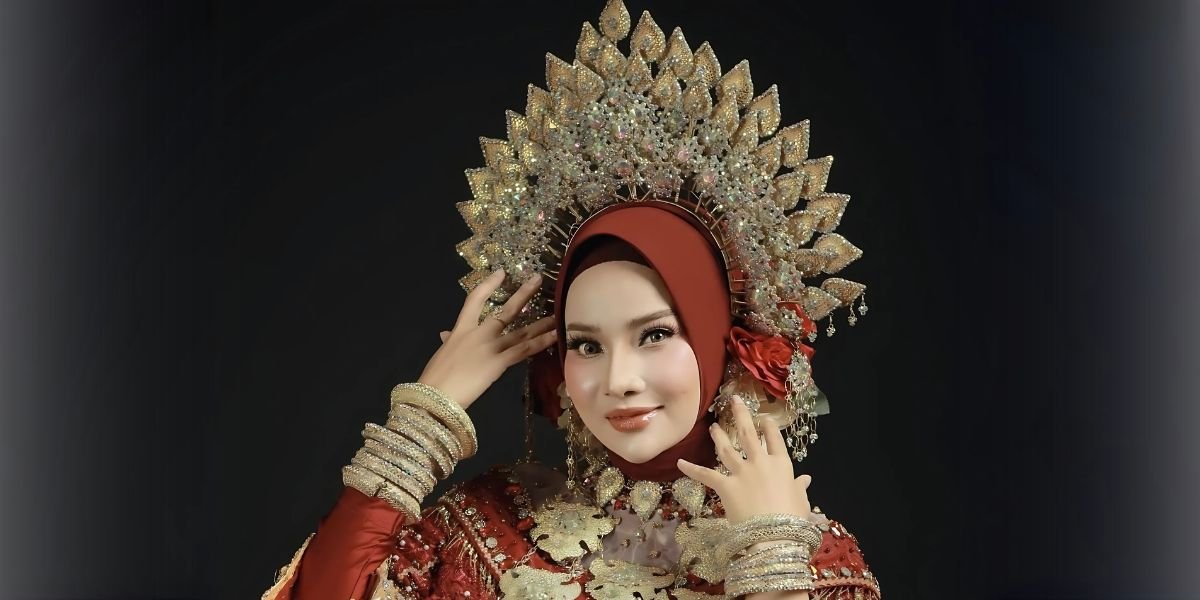Remember the golden age of cinema? The era of flickering black and white films that captivated audiences with their stark visuals and timeless storytelling?
While classics like “Casablanca” and “Singin’ in the Rain” continue to hold a special place in our hearts, black and white seems to be a relic of the past in modern filmmaking. But why is that? Why have black and white films fallen out of favor, and is there a place for them in today’s colorful cinematic landscape?
Beyond the Spectrum: The Allure and Limitations of Black and White
There’s an undeniable power to black and white. It strips away distractions, forcing the audience to focus on the story, the characters, and the raw emotions on display. Imagine a tense scene in a film noir, the protagonist shrouded in black and white shadows, the stark contrast heightening the suspense. A recent study by the British Film Institute explores the enduring appeal of black and white films, highlighting their ability to evoke a sense of nostalgia, timelessness, and heightened drama.
However, black and white also has limitations. It can’t capture the vibrant colors of a sunset or the lushness of a forest landscape. For some stories, color is an essential element, adding depth and realism to the narrative. Imagine a film set in a tropical paradise – wouldn’t the absence of color diminish the visual impact of the location? In these cases, color becomes a storytelling tool, not just an aesthetic choice.
A Palette for Purpose: Modern Applications of Black and White
While black and white might not be the dominant force it once was, it hasn’t completely disappeared from the silver screen. Modern filmmakers still utilize black and white for specific purposes. Sometimes, it’s a deliberate artistic choice, a way to evoke a certain mood or pay homage to classic cinema. Imagine a historical drama set in the early 20th century, filmed entirely in black and white to create a sense of authenticity and period accuracy.
Black and white can also be used for symbolic effect. Imagine a film that switches between color and black and white to represent different realities or states of mind. This technique can be a powerful way to explore themes of memory, loss, or psychological turmoil. A recent article by Filmmaker Magazine discusses the creative ways modern directors are using black and white, highlighting its potential to add a layer of depth and complexity to storytelling.
The Final Frame: A Spectrum of Choices for Modern Cinema
The decline of black and white films isn’t necessarily a sign of artistic regression. It’s more about the evolution of filmmaking and the vast palette of storytelling tools now available to directors. Color has become an integral part of the cinematic language, but black and white still holds a unique power. It can be a tool for artistic expression, a way to evoke specific emotions, or simply a stylistic choice that enhances a particular narrative.
Ultimately, the choice between color and black and white lies with the filmmaker. Each has its strengths and weaknesses, and the best choice will depend on the story being told. So, while black and white films might not be dominating the box office anymore, they remain a valuable tool in the filmmaker’s arsenal. And who knows, maybe in the future, a visionary director will come along and use black and white to create a masterpiece that redefines the possibilities of this timeless visual style.
The beauty of cinema lies in its constant evolution, and black and white films, with their enduring legacy and unique storytelling potential, are sure to find their place in the ever-expanding spectrum of cinematic expression.








